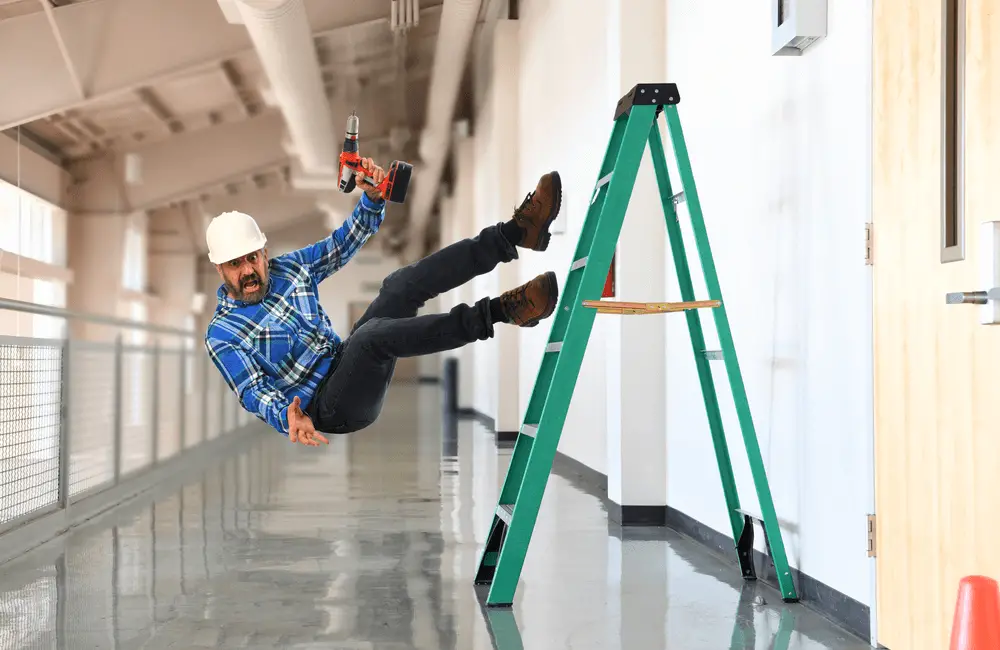Most of us have surely heard of the famous " vertebral subluxation ". Some have even experienced it! And if you are told today that the expression " vertebral subluxation » is only one myth, would you believe it?
Indeed, the expression " vertebral subluxation is often mentioned in chiropractic. But it's still an expression, you know why? Because the vertebrae are firmly attached to each other! Unless there has been a traumatic violent accident, your vertebrae will remain in place.
Daily activities are not likely to result in a vertebrate moved ! And fortunately, because a subluxation of the vertebrae risks injuring the spinal cord !
In order to keep the didactic character that we would like for this article, here is the plan that we will follow:
Focus on the definition and anatomy of the spine
As you already know, the spine is the part of the skeleton located between the head and the pelvis. It is divided into five main parts: cervical, thoracic, lumbar, sacral and coccyx.
La spine, or rachis, is the assembly formed by the stacking of 24 vertebrae. The latter are articulated between them via three articulations:
- Le intervertebral disc, uniting two vertebral bodies
- Two interapophyseal joints uniting the articular apophysis of the top to that of the bottom.
Apart from that, other structures also come to consolidate the spine, including ligaments, muscles and joint capsules.
What is a vertebral subluxation?
After these few notions of generalities on the spine, Now let's get to the heart of the matter: what is a vertebral subluxation?
In medical parlance, we define the subluxation as a loss of contact between two articular surfaces (not to be confused with a fracture).
In the proper sense of the term, “vertebral subluxation” means the separation of the joints that unite two vertebrae together.
If we stay in this same angle of view, we could then say that a vertebral subluxation designates a vertebra which has become misaligned with the others or quite simply, a displaced vertebra.
The terms “vertebral subluxation” are mostly mentioned in chiropractic. Have you ever heard from your chiropractor that a vertebra has subluxed and that it needs to be put back in place to loosen and readjust your back?
Well, that's not necessarily the case.
Demystifying subluxation: myths or reality?
Nowadays, any truth is recognized as such only if, and only if, it has been demonstrated. scientifically. Well, so far there is no scientific evidence behind the concept of vertebral subluxation.
Of course your spine may very well break. But do not worry ! A broken spine follows a very violent trauma to the back, such as a fall or a car accident!
What we especially want to highlight is that a vertebra does not relocate as easily. Remember, the vertebrae are firmly attached to each other, via joints, ligaments, joint capsules and muscles!!
In addition, the spine houses the spinal cord, a very important structure of our nervous system.
If we had to face a displaced vertebra every time you adopt a forward-leaning posture or perform spinal-intensive tasks, well, the spinal cord would not be located in the spine!!
It is difficult to demonstrate that a vertebra is actually displaced or stuck. To support this idea, here are some facts that may explain the sensation of vertebral subluxation:
- Muscle contraction that limits back movement. Following a false movement or a leaning posture for a long time.
- muscle fatigue
- An overstretch of the ligaments
- Overtraining, etc.
What you must remember
Having come to the (almost) end of this article, you now know that The vertebrates are not as easy to move. The human body is well made, it is able to adapt to constraints.
So remember these few points:
Vertebral subluxation is a myth
Vertebral subluxation is a theory often put forward to explain back pain. There are many structures surrounding the vertebrae that can be responsible for back pain.
We should stop believing that the vertebrae will move following a false movement or an unchanged position. They are firmly attached and sufficiently reinforced!!
There is no solid scientific evidence supporting the vertebral subluxation theory.
It is useful to specify (again) that a vertebral subluxation following minor daily tasks is not scientifically proven.
Even though it's a famous term, even though you sometimes have a real feeling of displaced vertebra, this theory remains controversial. Do not underestimate the strength of your body, it is solid!
Effectiveness of manual therapies: explanations
However, we cannot allow ourselves to deny the real effectiveness of manual therapies when we present a feeling of " displaced vertebra ».
Indeed, many people can prove the effectiveness of physiotherapy (physiotherapy), the osteopathy or even chiropractic to relieve their symptoms!
How is it then that at the base, the vertebral subluxation itself is only a myth?
During the practice of these manual therapies, the vertebrae are not put back in place (since at the base, they were not subluxated). They mainly aim to:
- Release tight muscles: to reduce muscle contractions.
- Desensitize the nervous system : by signaling to the brain that the part can very well be mobilized without risk of serious injury.
- The placebo effect : As we used to say, the power of the mind should not be underestimated! Just thinking that we will heal following manual therapy, already helps to reduce pain.
- AT " crack your back » : you are surely wondering what causes the crackles reproduced by the therapists if it is not the sound of a vertebra being put back in place? Well no !
Those crackles don't come from the bones, they come from the movable joints full spine (especially the cervical and lumbar region). More specifically, from the bursting of the gas bubbles that form in the synovial fluid.
This does not mean that if there are no crackles during your session, the latter was not conclusive!
In conclusion, always bear in mind that the human body is well constituted. Vertebral subluxation is nothing but a myth!
References
https://www.lombafit.com/vertebre/
https://www.lombafit.com/colonne-vertebrale/



